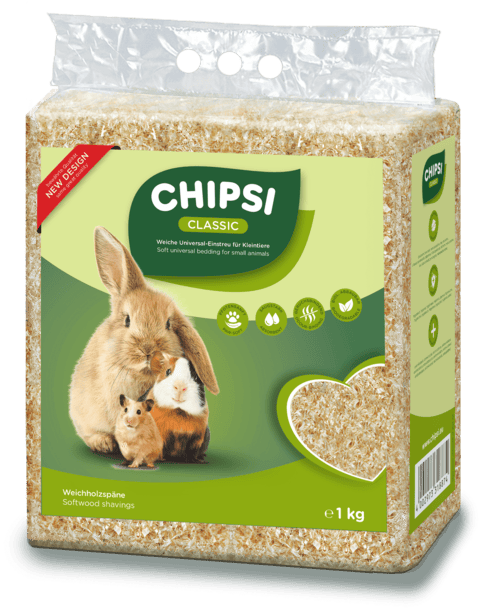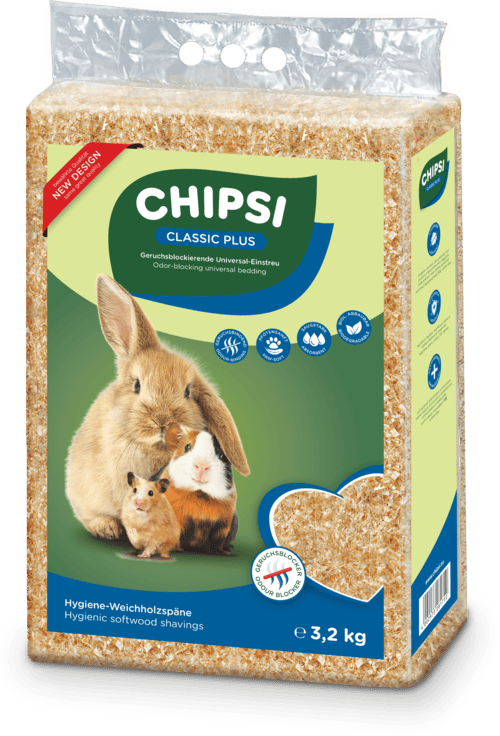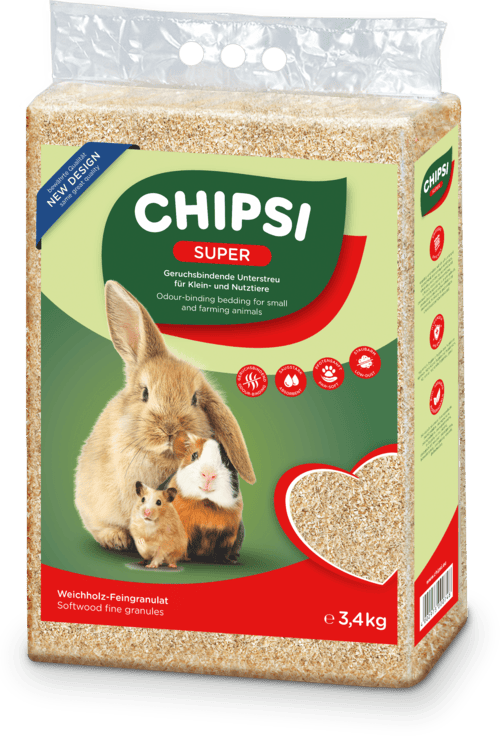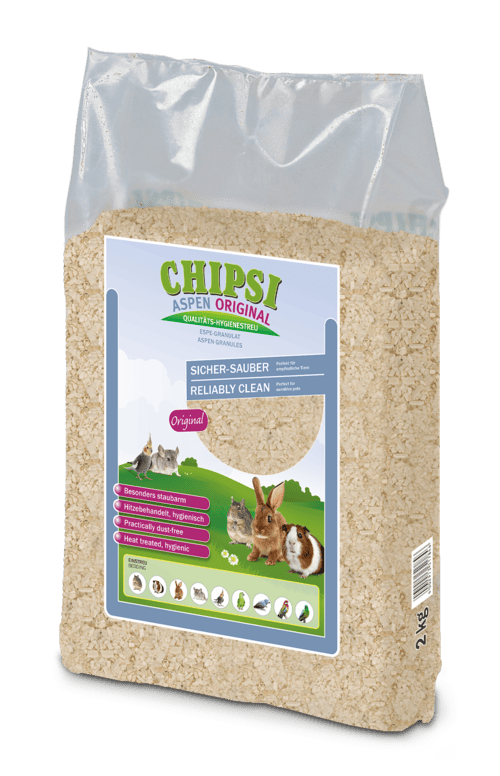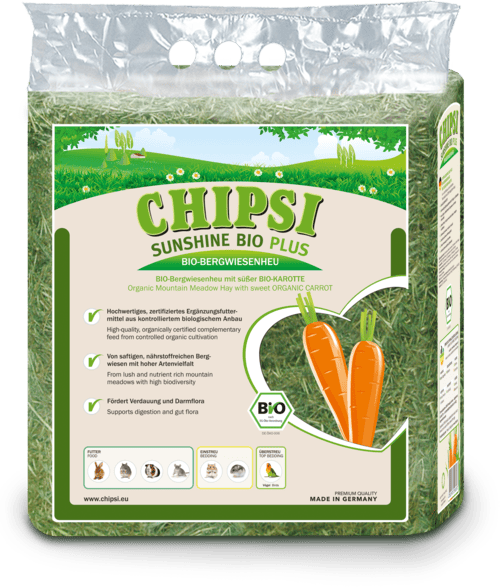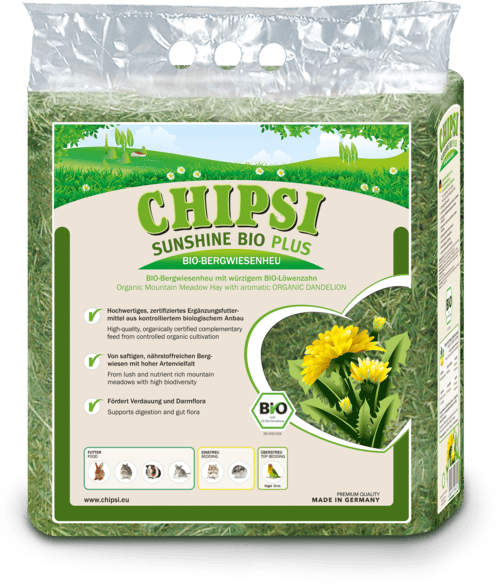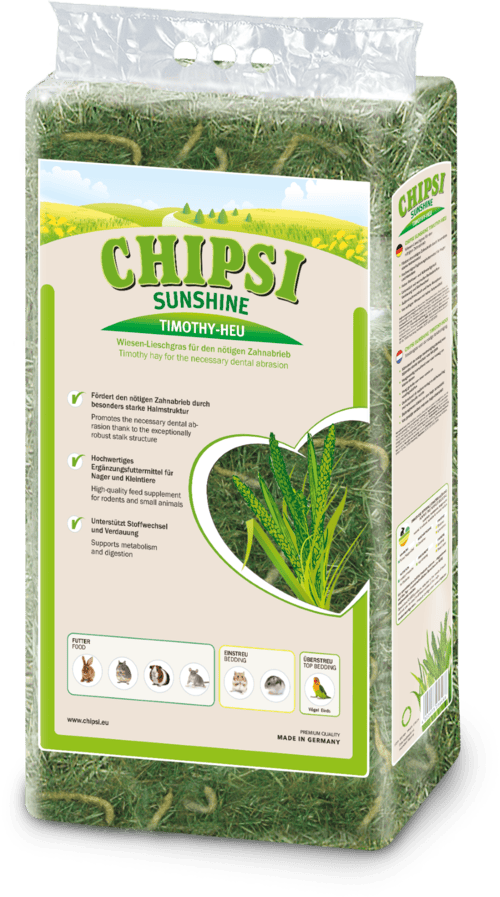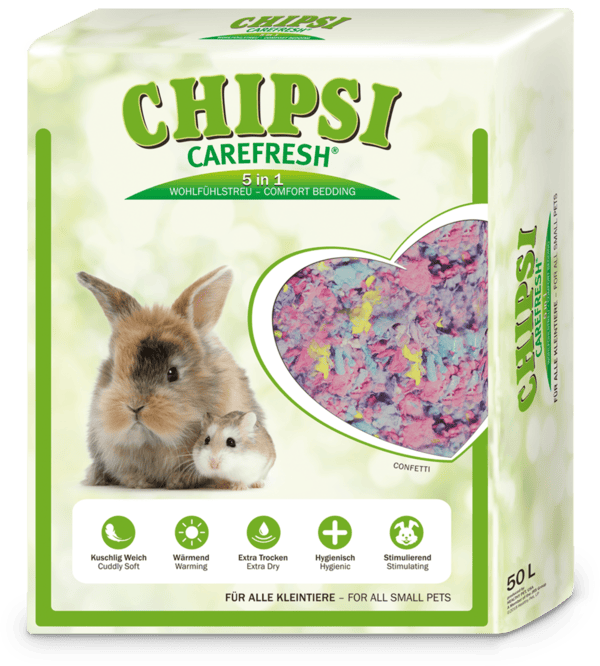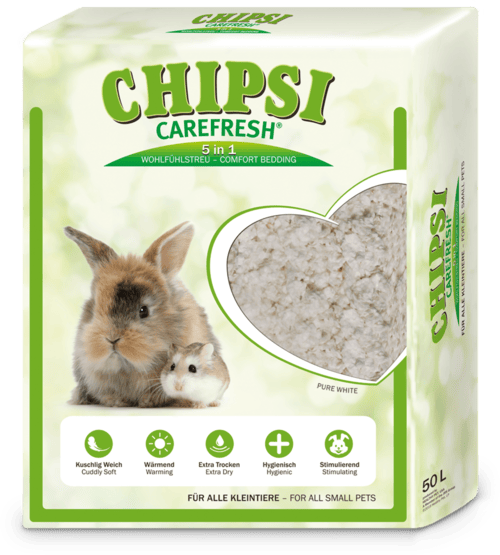Guinea Pigs
Species-appropriate husbandry – How to make them feel comfortable
Happy together
Guinea pigs should never live alone. Two animals are the minimum; small groups are ideal as long as there is enough space available.
More space, more exercise
A cage with a place to retreat (at least 120 × 60 × 50 cm) plus a freely accessible run with at least 2 m² for two animals; for each additional animal, +0.5 m².
Variety is essential
Caves, tunnels, hay racks, shelters, and sleeping houses create structure and provide activity. The floor should be covered with at least 5 cm of soft bedding.
Outdoors only in summer
Outdoor keeping is possible, but only in the warm season, with well-insulated shelters and a secured run.

Cleanliness & Hygiene
🧼 Weekly change
👃 Fresh indoor climate
Guinea pigs are particularly dependent on a clean home, as they are sensitive to moisture and dirty surfaces. Regular cleaning helps to avoid unpleasant odors, and diseases are effectively prevented.
Check regularly
Damp bedding in the corners of the toilets should be removed daily. This prevents bad odors and protects your animals from disease.
Renew the substrate
Change the entire floor covering once a week. Ideally, use at least 5 cm of litter so that the guinea pigs lie soft and dry.
Healthy living environment
A clean enclosure is important for hygiene and well-being. It prevents stress, protects against infection, and ensures pleasantly fresh air.

Nutrition
🥦 Variety of vegetables
🍊 Source of vitamin C
Fresh hay must always be available; it is the staple food and supports digestion and tooth abrasion. It is supplemented by fresh food such as peppers, carrots, or herbs, as well as a high-quality pelleted dry food. Vitamin C-rich food is essential, as guinea pigs cannot produce it themselves.
Hay around the clock
Fresh hay is the most important staple food. It supports digestion, promotes tooth abrasion and must always be available.
Feed a varied diet
Peppers, carrots, and herbs provide variety on the menu. In addition, high-quality, pelleted dry food is useful.
Vitamin C is a must
Guinea pigs cannot produce vitamin C themselves. To prevent deficiency symptoms, vitamin-rich food is therefore essential.

Activity
🏰 Hiding places & tunnels
🌿 Gnawing material
Guinea pigs like to explore their surroundings, run small laps, and look for new hiding places. Houses, willow tunnels, food hiding places, and fresh gnawing material offer natural stimuli and promote movement, even indoors.
Joy of discovery
Guinea pigs like to run small laps and explore their surroundings. Regular exercise is important for their health and well-being.
Hiding places create excitement
Houses, willow tunnels, and shelters provide variety. They make the enclosure more exciting and promote the animals’ natural searching and escape behavior.
Nibbling allowed
Fresh wood and other gnawing materials belong in the enclosure. This keeps the animals busy, trains their teeth, and promotes their activity.
